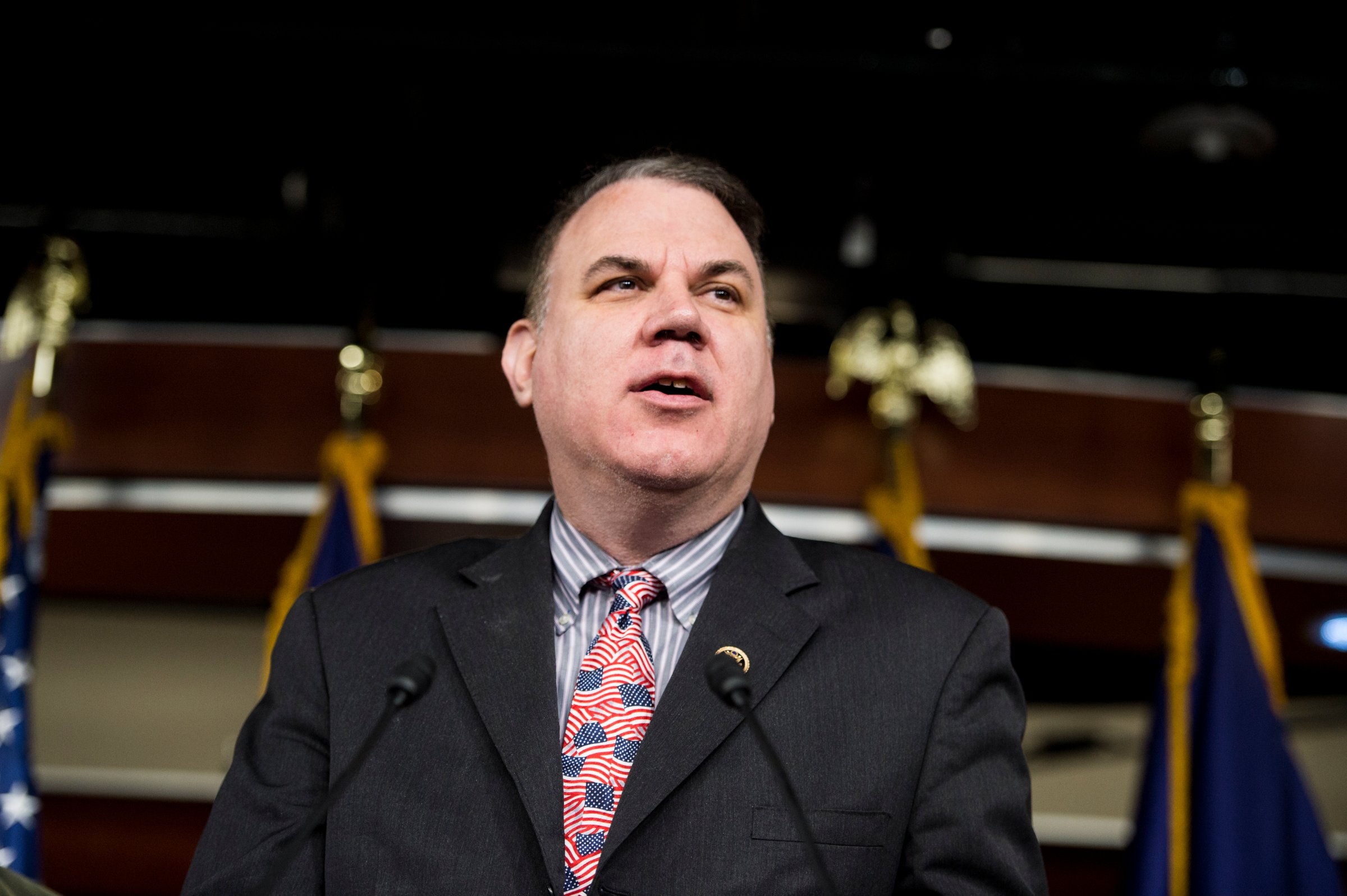
I’m very happy about President Barack Obama’s decision Monday to restrict federal agencies from providing military-style equipment to local police departments. The president essentially took the Grayson Amendment that I introduced last year before the riots in Ferguson, Missouri, and adopted it by executive order. I think that’s going to help America take a giant step back from the militarization of our neighborhoods.
A lot has changed in the year since my amendment failed to pass. Ferguson has made the difference. The sight of an American town in our heartland being occupied by paramilitary police forces displaying and deploying military weapons was extremely disconcerting to millions of Americans, and the president is one of them. The fact that it was a largely white police force deploying weapons against a largely black neighborhood made it that much worse.
The concern over militarized police goes all the way back to the founding of our country. The Third Amendment in the Bill of Rights prevents the quartering of troops in people’s homes. At the beginning, Americans were concerned about the clear line that has to be maintained between police and military forces, which was reinforced by the Posse Comitatus Act of 1878.
We’ve established a great deal of peace and security in the lives of ordinary Americans. Setting aside the Japanese occupation of two islands in the Aleutians during World War II, we haven’t had a military occupation of this country by foreign forces since more than 200 years ago in the War of 1812. That is an enormous accomplishment, and it’s the foundation of American prosperity and the unique American lifestyle. We live in peace, and therefore we can do great things. Having a military or paramilitary presence in our streets is un-American.
The militarization of local police is a relatively recent phenomenon. The 1033 Program, which transfers military equipment, including tanks, missiles, and weaponized drones, to local police, was minuscule for many years. In 1990, there was only about $1 million in military equipment that was transferred for free to local police authorities. In 2013, the most recent year we have statistics, it was almost $450 million.
This trend sends us even further down into the spiral of violence between the governing and the governed, between law enforcement and the general public. There were 623 Americans killed by police officers in the last year. In the last 10 years in the U.K., the number’s 20.
What the president has done is take a good, solid first step to unwinding that cycle of violence. We have a delicate balance in the United States between public rights and individual rights, and every time that we occupy a neighborhood with military equipment, not only are we attacking those who might misbehave, we’re attacking those who are innocent.
This will make police officers safer as well. Police officers have told me that the friction between police officers and the general public makes their job very difficult. By presenting a friendly face toward innocent members of the public, the police cannot only enlist their help, but they can also feel safer themselves.
While the president’s actions are an important step, the underlying program that the president has throttled back still exists. The Department of Defense still has the legal authority to buy and deliver military equipment to police forces. What one president stops, another one can start.
I’ll be introducing my amendment again, and I’m hoping for a different conclusion this year. We must make sure that our streets are not war zones.
As told to TIME
More Must-Reads from TIME
- Inside Elon Musk’s War on Washington
- Introducing the 2025 Closers
- Colman Domingo Leads With Radical Love
- Why, Exactly, Is Alcohol So Bad for You?
- The Motivational Trick That Makes You Exercise Harder
- 11 New Books to Read in February
- How to Get Better at Doing Things Alone
- Column: Trump’s Trans Military Ban Betrays Our Troops
Contact us at letters@time.com